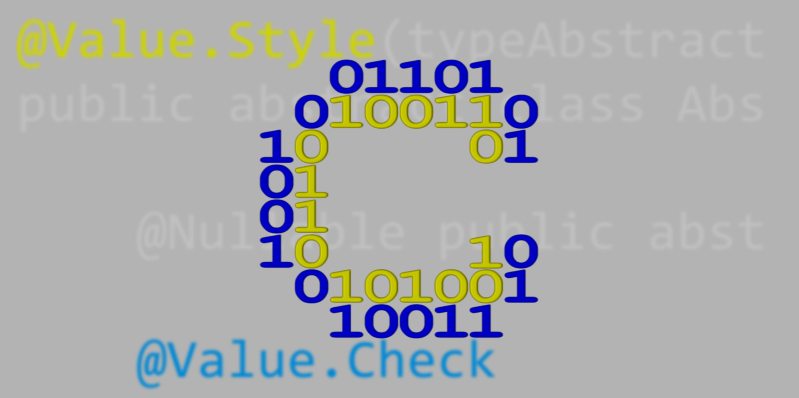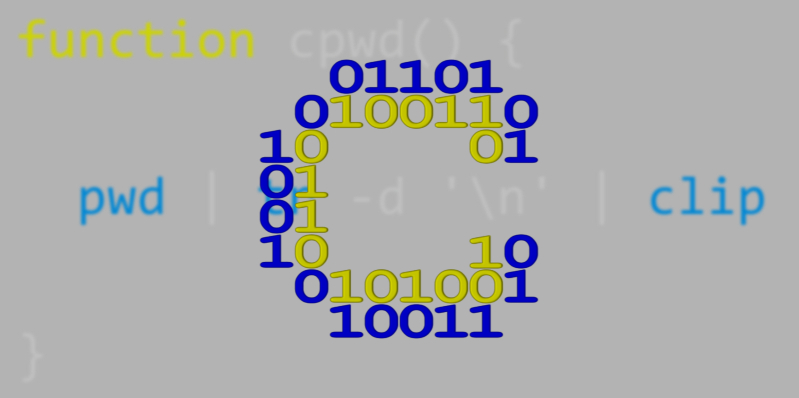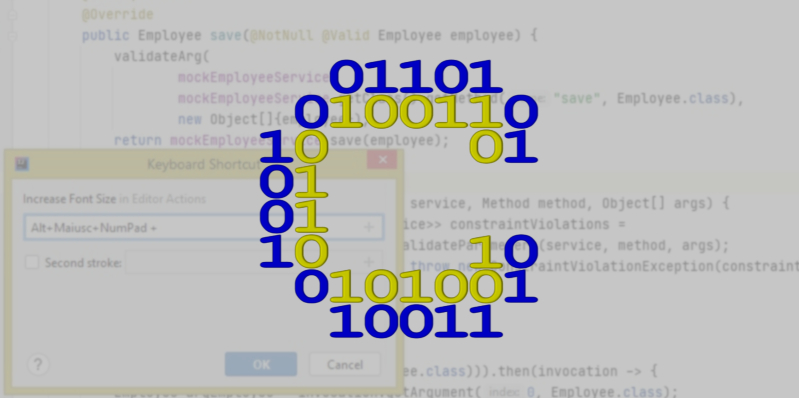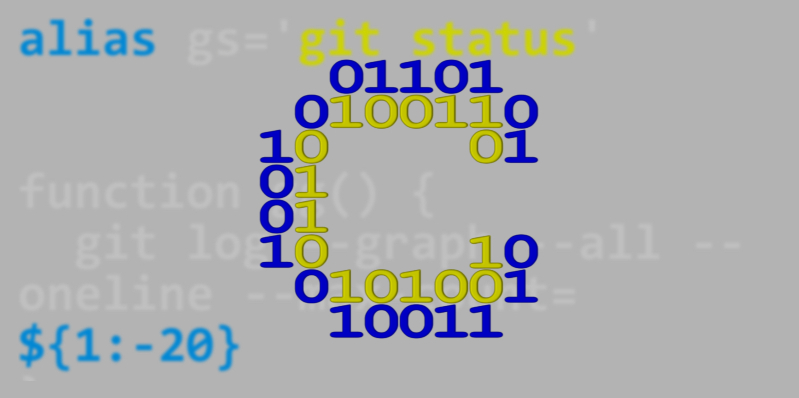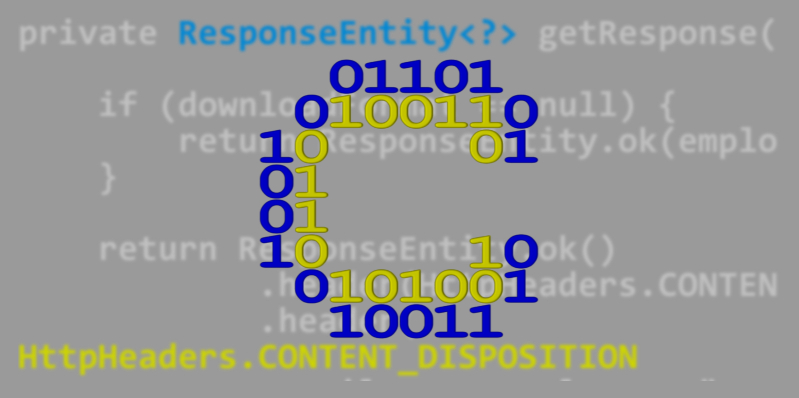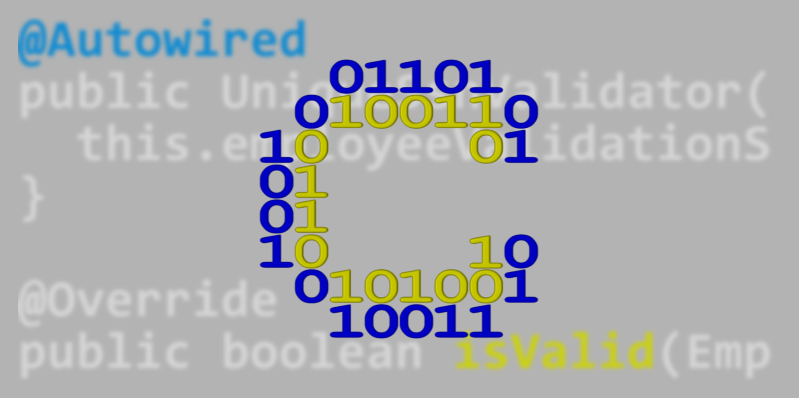Immutables: how to customize the generated classes
In a previous post we’ve seen a brief introduction to the Immutables library and its main features. With a few annotations we can automatically generate immutable classes out-of-the-box. Such immutable classes provide a whole range of useful characteristics that make them the ideal means to represent a resource’s state in an application. In this post we’ll see how to customize the classes generated by Immutables, with special regard to classes’ names and checks on data. […]
